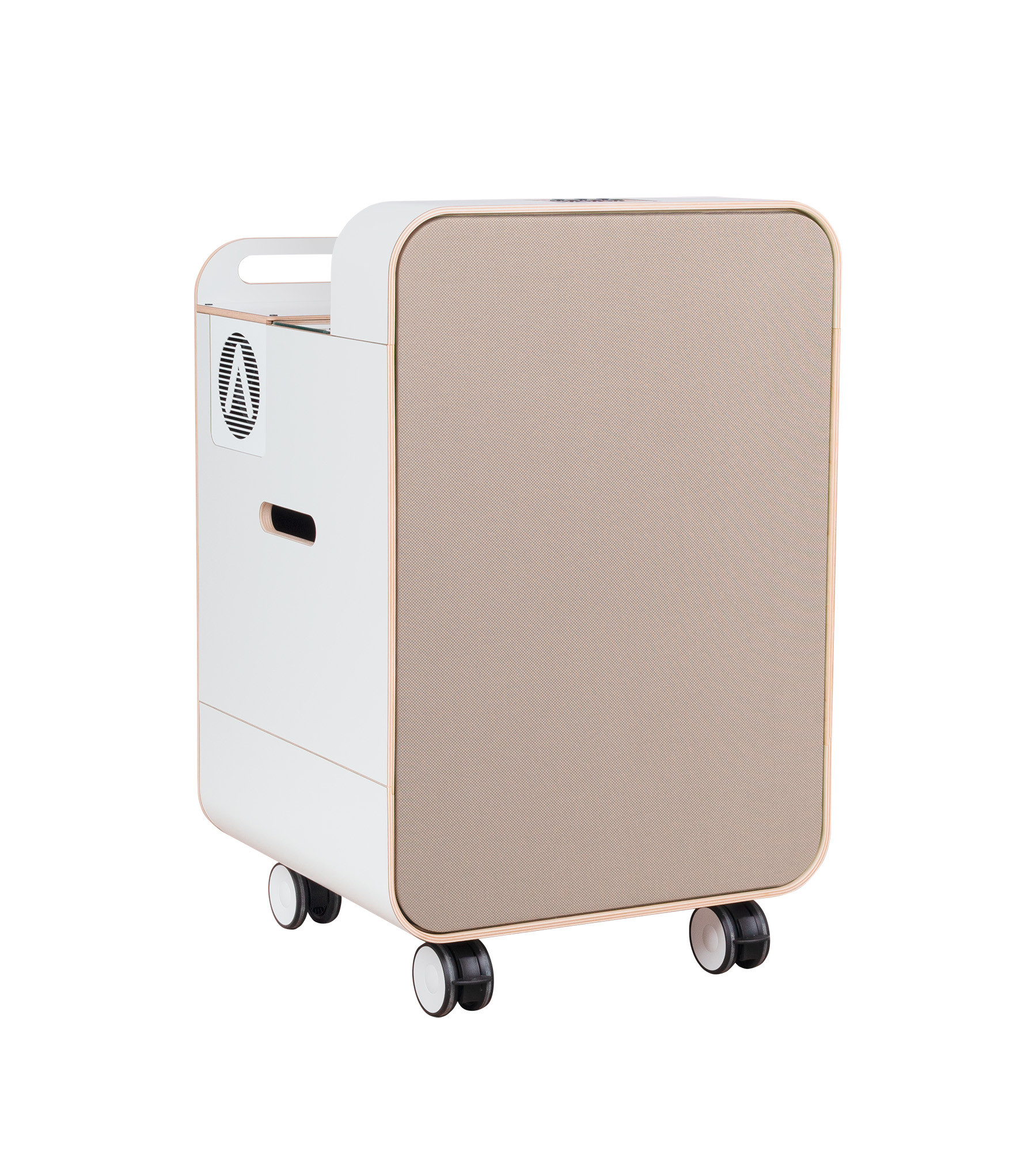











£5,514.00*
Prices incl. VAT.
Expected in 15-21 working days
Shipping from £24.99 Product number: 1000029972
- Application Business projector, Education projectors
- Resolution 1920 x 1080 Full HD
- wireless technology WLAN optional


visunext Services
Product information
Artome S1 incl. Epson EB-770F- Your guide to interactive and lively teaching
Modern learning redefined
The Artome S1 is more than just a communication system; it's an essential tool for any teacher who wants to make lessons interactive and engaging. This system makes it possible to project brilliant images and rich sound exactly where they are needed. Thanks to its simple connectivity with personal devices, it is easy to use and actively promotes learning. Equipped with the Epson EB-770F projector, a bright and energy-efficient laser projector with 4,100 lumens of white and colour brightness and 3LCD technology for vibrant colours at just 205W, the Artome S1 offers an even more immersive visual experience.
Flexibility and mobility in one
The Artome S1 system transforms any room into an interactive learning and presentation environment. With its mobile communication system, which includes a laser projector and a powerful sound system, it offers the flexibility to organise lessons anywhere. The simple commissioning without installation effort saves both time and costs.
Intuitive use for everyone
The Artome S1 is extremely easy to use. Installation and drivers are a thing of the past - just plug it in and get started. Thanks to the compatible connection options such as Apple TV, Google Chrome or AirServer, every teacher and student can use the device effortlessly. Content can be seamlessly displayed on a 120-inch projection surface from up to eight different end devices.
Technical details at a glance:
- Material: birch plywood, MDF, steel, aluminium, plastic
- Dimensions: 52 x 81 x 48.5 cm
- Connections: HDMI, microphone, Pistorasia, LAN and much more
- Sound: 2.1 speaker system
- Operating temperature: 0-30 °C
The Epson EB-770F included in the Artome S1 communication system guarantees a brightness of 4100 lm and a resolution of 1080p, ideal for a recommended image size of 90-120 inches.
With the Artome S1, every lesson becomes a unique, interactive experience!
Technical data
| Name | Artome S1 mit EB-770F Video conferencing system, 1920 x 1080 Full HD |
|---|---|
| Article number | 1000029972 |
| Manufacturer SKU | A00758 |
| Lens included | Yes |
| Model name | S1 mit EB-770F |
| Brand | Artome |
| Product Type | Video conferencing system |
| Application | Business projector , Education projectors |
| Projector lamp type | Laser |
| ISO Lumen | 4,100 ISO Lumen |
| Resolution | 1920 x 1080 Full HD |
| Aspect Ratio | 16:9 |
| Contrast Ratio | 2,500,000 :1 |
| Minimum Projection Ratio | 0.25 |
| Maximum Projection Ratio | 0.35 |
| Inputs | 1x 3,5mm Jack , 1x Microphone , 1x RS232 , 3x HDMI |
| wireless technology | WLAN optional |
| Product width | 52 cm |
| Product height | 81 cm |
| Product depth | 48.5 cm |
| Colour | White |
| Condition | New |
| Warranty | 24 Month |
| Warranty type | Bringin service Service and support information |
Product safety
| Person responsible for the EU |
|---|
| Artome Oy |
| Syrjäläntie 81 |
| 19110 VIERUMÄK |
| Finnland |
| 358 40 529 1821 |
| sales@artome.fi |



